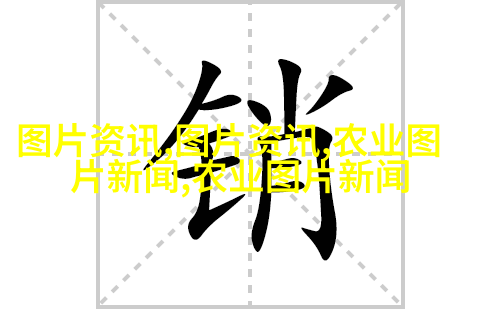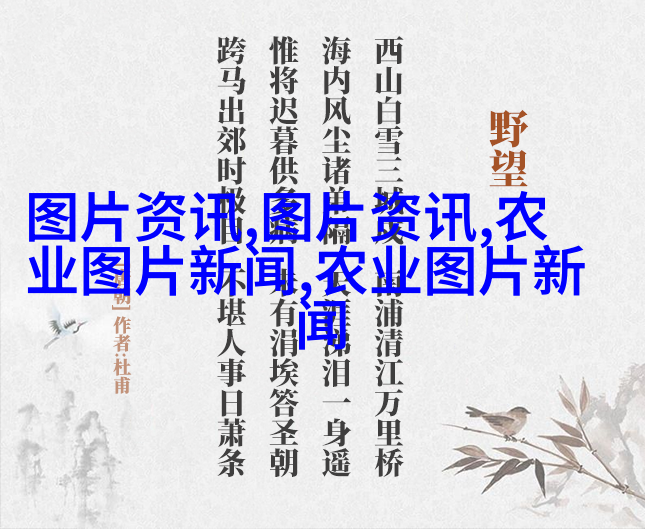草药纹章中药百态图谱
草药纹章:中药百态图谱

在古老的中国传统医学体系中,草药不仅是一种治疗疾病的手段,更是与自然、生命和宇宙息息相关的一部分。每一张“100种中草药名字图”背后,都蕴含着丰富的文化内涵和深厚的历史底蕴。在这篇文章里,我们将带你走进这片充满生机与智慧的草本世界,让每一张图像都成为通往理解和尊重传统医学奥秘之门。
探索中的奇迹

在《草药纹章:中药百态图谱》这本书中,每一种植物都有其独特的地位,它们被精心描绘成具有象征意义的画面。这里,你可以看到那些曾经被祖先用来治愈痛苦,用以保健延年的人们信仰至上的自然力量。这些植物,不仅能够帮助我们了解中国传统医学理论,也能让我们感受到古人对大自然敬畏之情。
从笔触到生命

书中的每一个名字都是对那份生命力的赞颂,无论是《金银花》,还是《黄芪》,它们都代表着人们对于健康生活追求的一种希望。当你细细观赏这些名为“名字”的图片时,你会发现它们并非只是简单的植物形象,而是融合了艺术家无限想象力所创造出的符号化画面。这不仅是一次视觉上的享受,更是一个关于生命、健康以及人类智慧结晶的大讨论。
解读中的智慧

通过这些简洁而又深刻的画作,我们可以窥见中国古代医者对于天地万物相互影响关系,以及人体内部五脏六腑之间协调工作原理的一些直观理解。例如,《当归》的形状就好像血液循环一样流动,这反映了当时医者对于身体内外联系密切这一理念的认识。而《枸杞子》的圆润形状,则常常被比喻为养眼,对于保护视力有益处,这也展示了一种基于实践经验发展起来的人类知识体系。
故事里的寓意

每一张“100种中草药名字图”,如同打开了一扇窗,让我们得以窥见那些古人如何通过他们手中的工具——即这个世界上最原始最基本的事物——来寻找解决问题和保持平衡状态的手法。而在其中,有些故事则更添几分神秘色彩,如《石韦子》,它既可用于治疗,又能防止邪恶侵入;还有《茯苓》,它既能清热,又能补肾,仿佛具有一定的神仙功效,使得这样的植物更加引起人们好奇,并加深人们对它们作用范围广泛这一事实认知。
总结:
grass drug names pictures
The symbols of grass drugs: A hundred different images of Chinese herbal medicine
In this article, we have explored the symbolic and artistic representations of 100 Chinese medicinal herbs in a series of abstract paintings. Each painting is more than just a simple image; it is a gateway to understanding the cultural significance and historical context behind traditional Chinese medicine. Through these paintings, we can gain insight into the ancient medical theories and practices that were based on observation, experimentation, and practical experience.
As we delve deeper into the world of traditional Chinese medicine, we begin to appreciate not only its scientific aspects but also its spiritual dimensions. The use of plants as medicines reflects humanity's deep respect for nature and our quest for health and well-being.
Through these "names" or rather images, each herb has been imbued with symbolism that transcends their physical form. They are no longer just plants; they are carriers of meaning that speak to our collective history and culture.
These images remind us that traditional Chinese medicine is not just about treating diseases but also about maintaining balance within ourselves and between us and nature. It encourages us to look beyond the surface level to discover hidden patterns, relationships, and connections between seemingly unrelated things.
By exploring these paintings further, we may uncover new ways to approach health care through an integration of science, artistry, spirituality – all while paying homage to those who have come before us in their pursuit for knowledge about life itself.
Ultimately, The Symbols Of Grass Drugs: A Hundred Different Images Of Chinese Herbal Medicine invites readers on a journey through time as well as space – from ancient China's rich heritage to modern-day explorations in holistic healing practices.